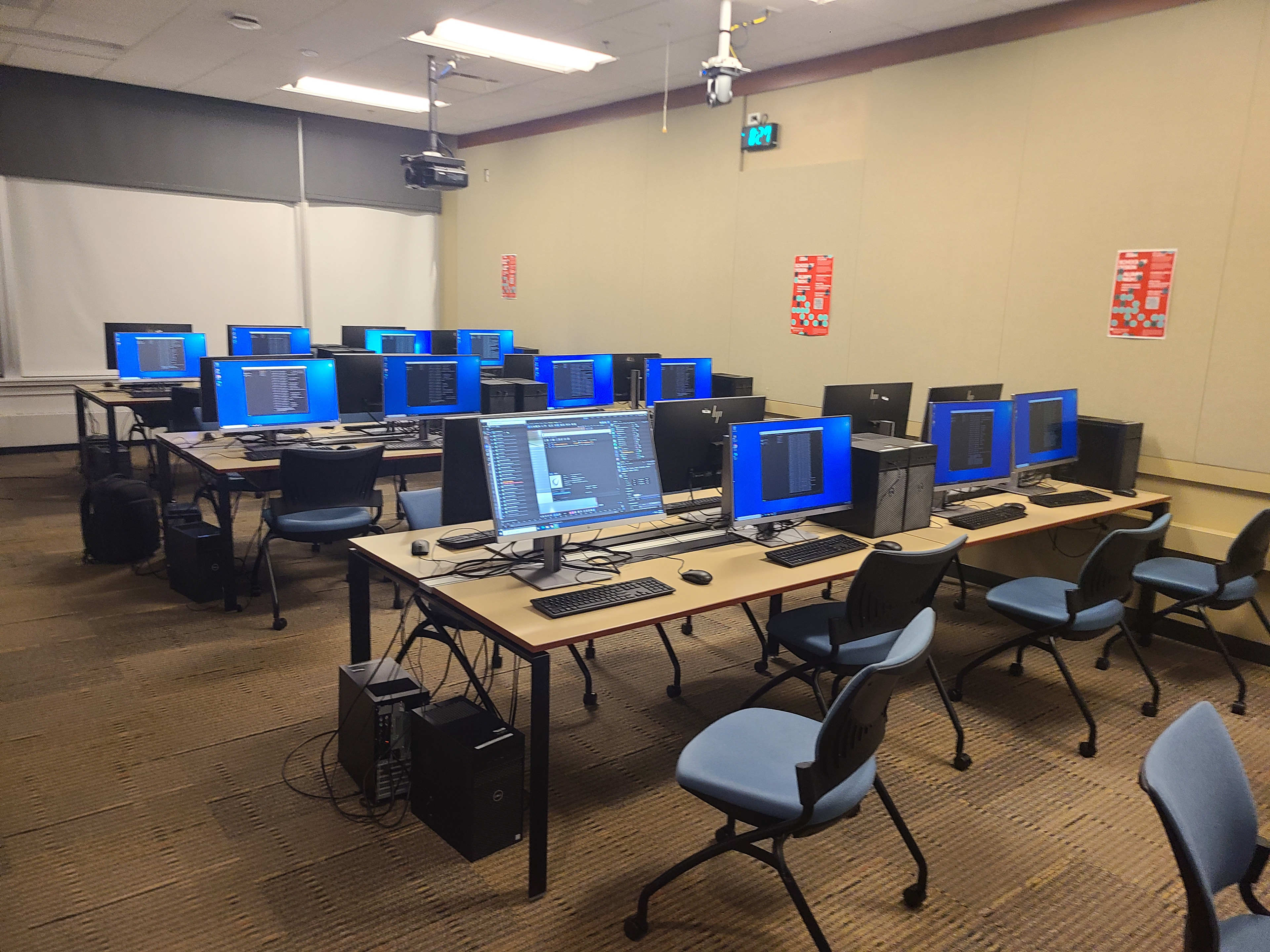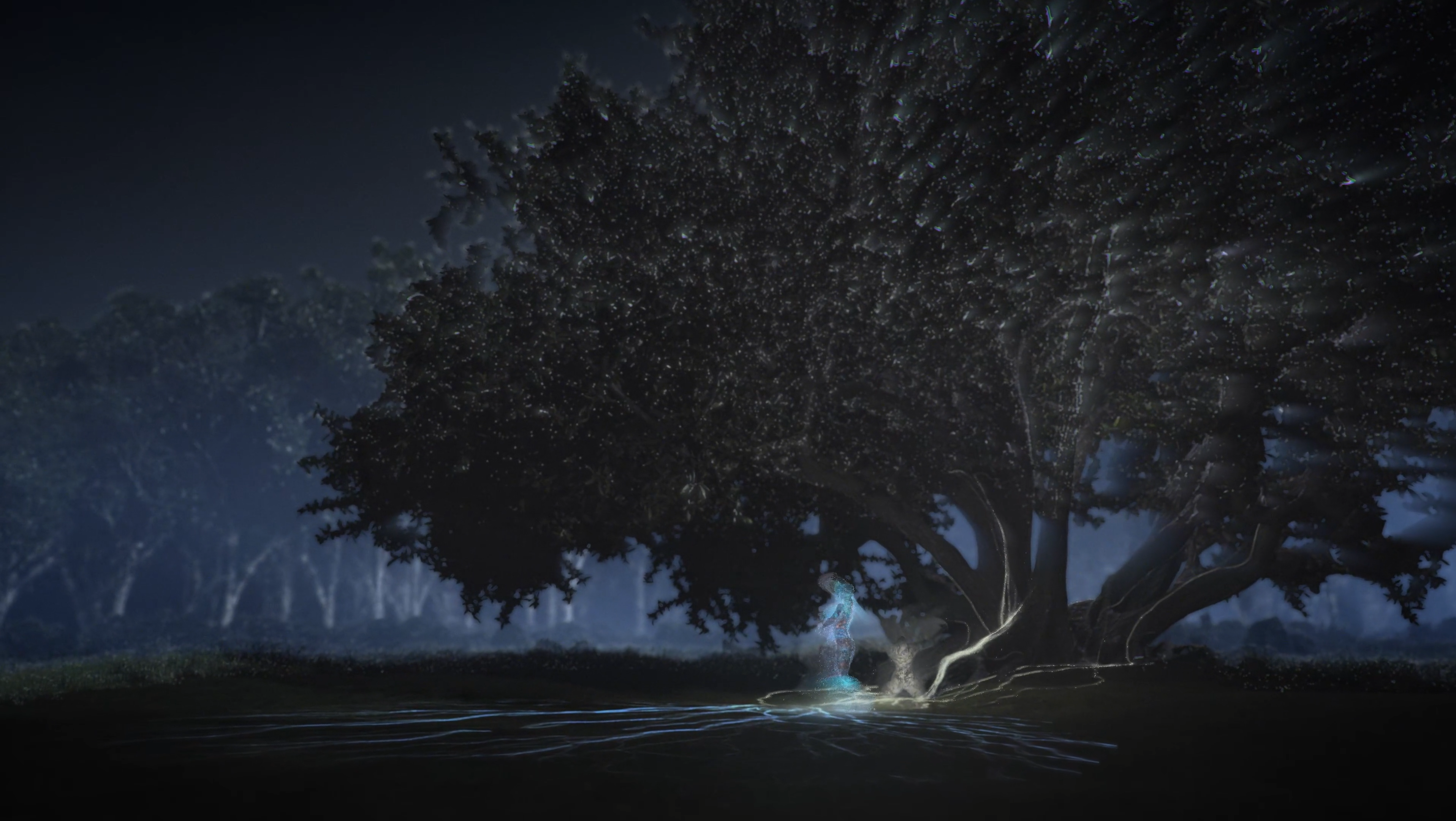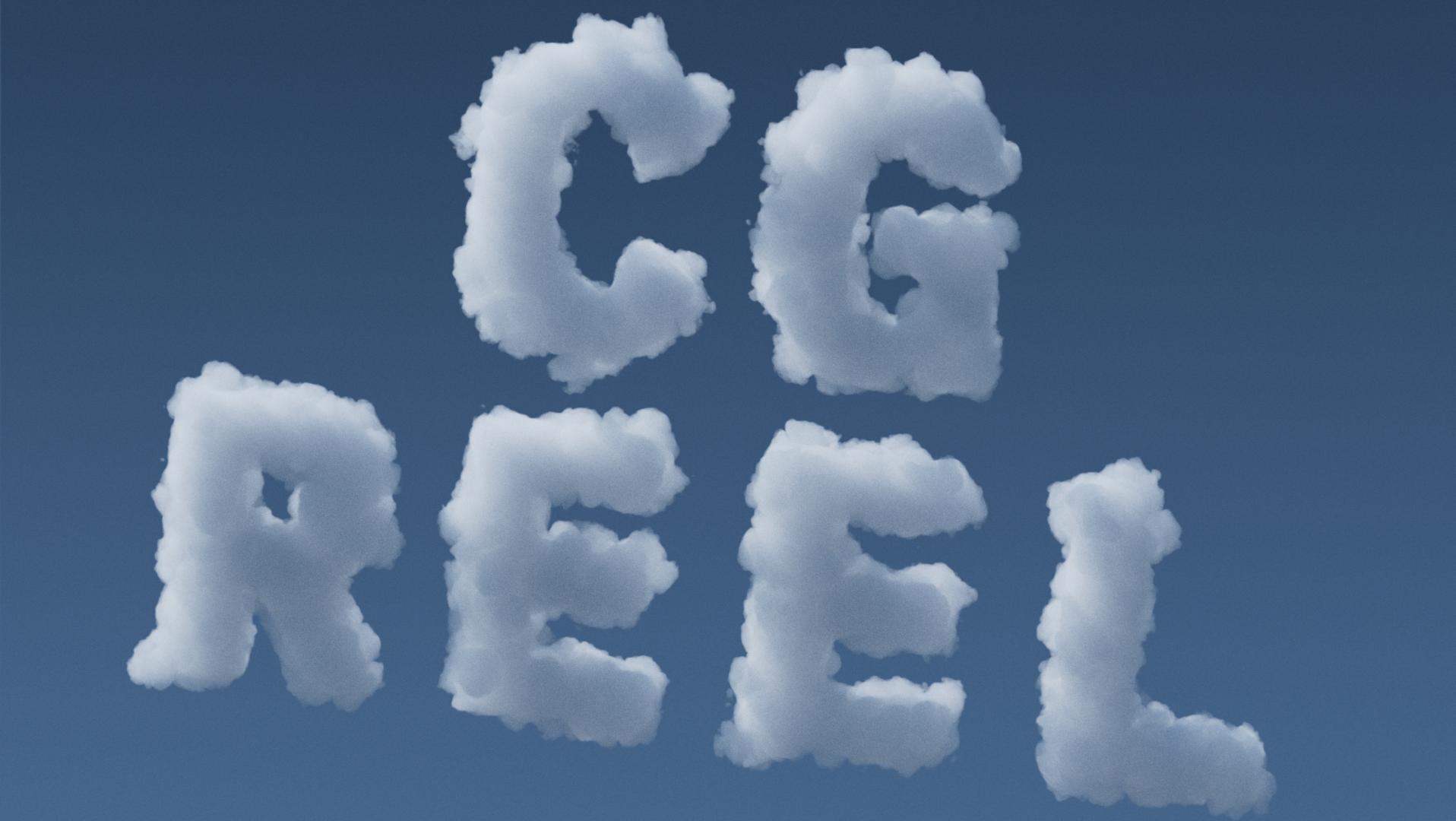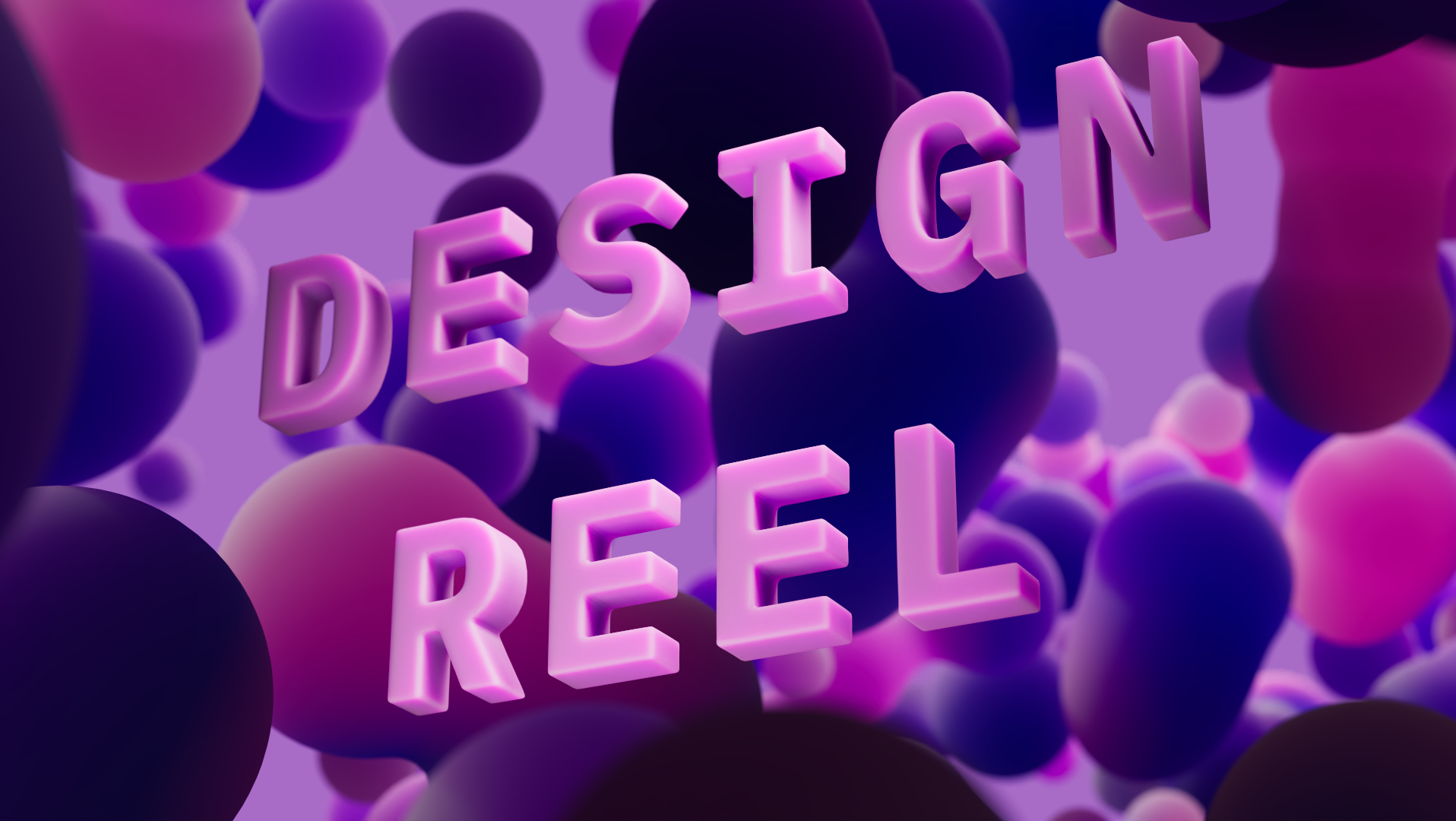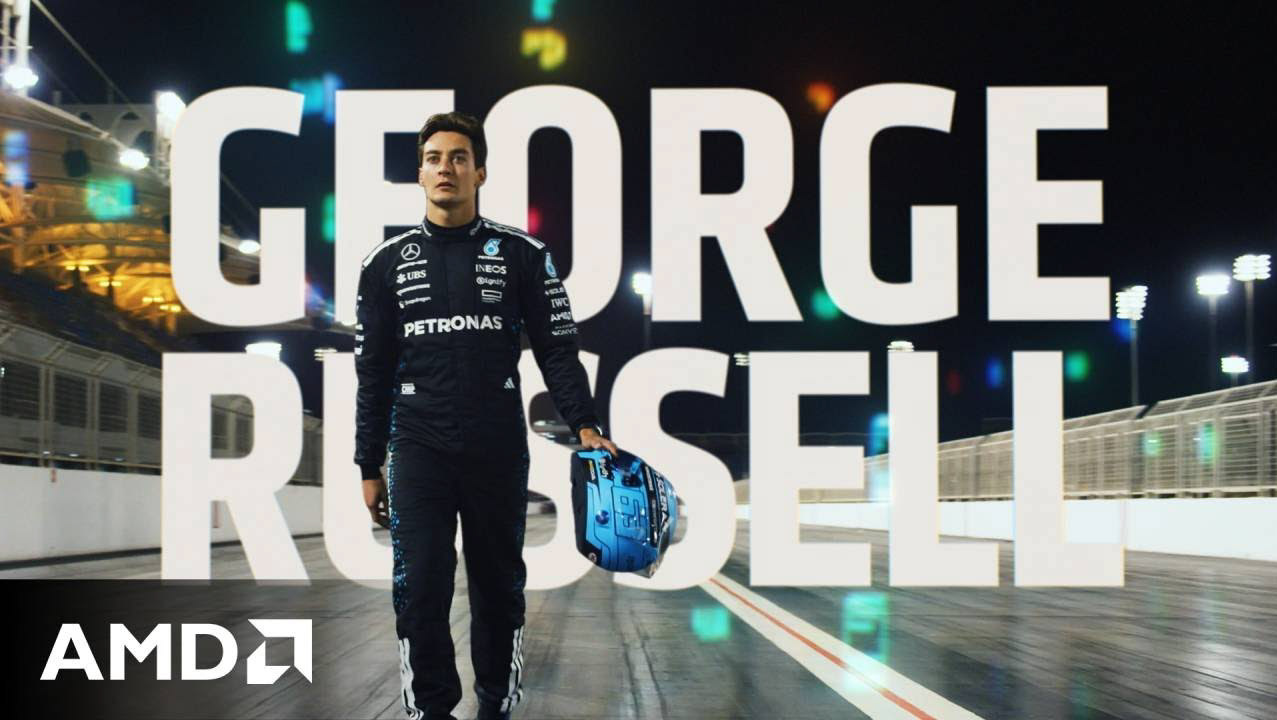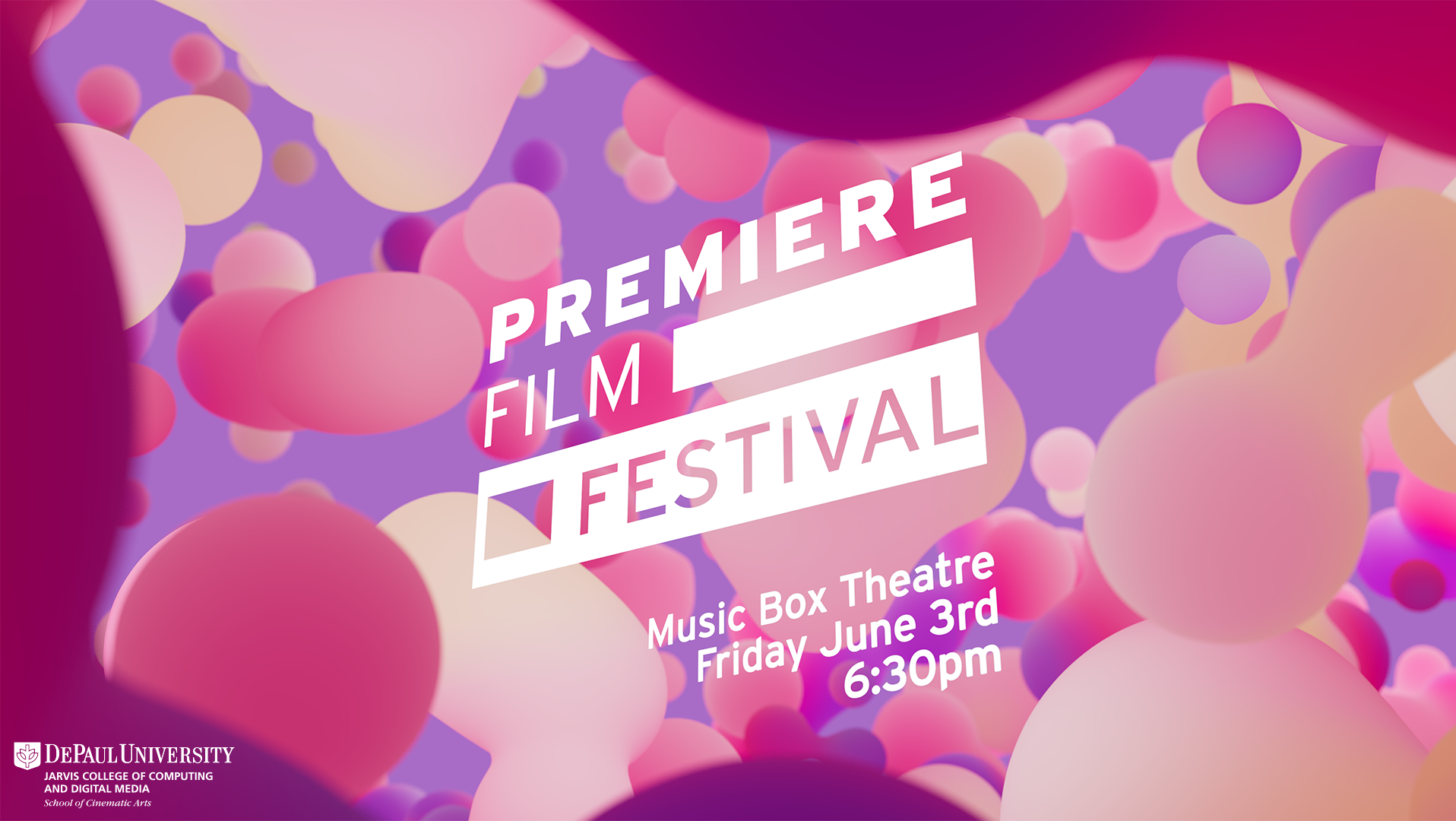During my final year at DePaul, I was given the amazing opportunity to take lead on the design for DePaul's Premiere Film Festival. I had done the poster and design for 2022 and this was a great chance to work with a larger group on the same project. The project consisted of two main parts: Designing the poster and overall aesthetic for the year, and working with a group of students to create all of the individual awards for the festival.
I had a great time collaborating with everybody on the project, and it was a great chance to make use of a lot of the techniques I've picked up over the years.
Poster
Evolution of the poster's design
Final poster
For the poster and the overall aesthetic, I wanted to do something slightly more "literal" than previous years, working with more realistic spaces and seeing how light affects them. I liked the idea of creating these monochromatic spaces, with the only source of light being from the screens in the center of the composition.
From a more practical side, I knew that once I got to working on the award animations, it would be with a team of both 2D and 3D animators, so I wanted to make a design that could make use of everybody's skills.
The poster was made in Houdini, while all the awards were made (myself and other's) in Cinema 4D.
This is a personal design exploration I did before I started work on premiere, and it ended up being a perfect piece to jump off of for the festival itself
AWARDS
For the film festival, there were 25 different awards being given out. In previous years (including the last time I worked on Premiere) the approach was to create 3 or 4 unique award animations, compositing the award names on top. Since I knew that there would be a larger team of people to work on the animations this year, I thought it would be a great idea to have every single award have it's own unique animation.
I thought that the best way to make use of all of the available people would be to split the awards into two distinct tasks: the 3D environments and the 2D award animations. The 2D animations would then be used within the scenes to create all of the lighting and reflections.
Each award was assigned a 3D artist for the room and a 2D artist for the award. Overall, 6 different room animations were made (along with some camera variations), with all of the animations being distributed amongst them. Personally, I made 4 of the 2D award animations and 2 of the 3D scenes.
The 2D animations were then used as masks for the screens in the center of each 3D scene's composition.
The underlying "screen" in the center of the rooms was made using a single redshift area light, with a custom shader I made. I used some OSL code to create the pixelated effect, on top of some simple animated noises.
This is a 2d mask I made for one of the awards
this is a corresponding 3d animation of the 2d mask within one of the rooms I made
Additional assets
I also made a looping animation to be played in the theatre while everybody was entering and leaving the ceremony. It was a great chance to work within the aesthetic that I created, but with slightly more abstract of an approach. This was made using the same light shader I developed for the poster and awards, along with a cloth simulation in Houdini.
Below are some closeups of the shader I made that was used in all of the scenes this year. It helped unify the look of all the different assets being created, and was also used in parts of the website.
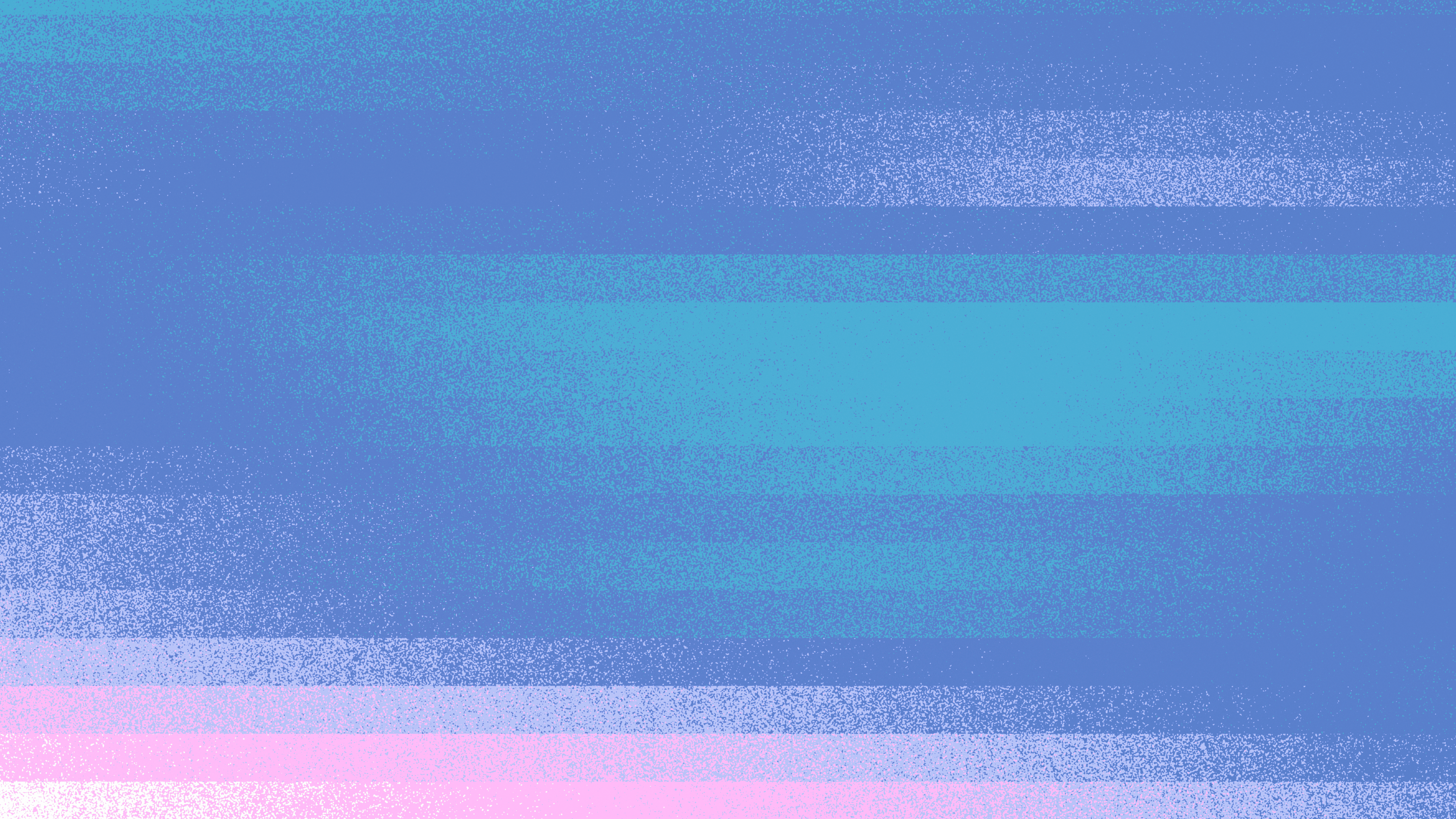
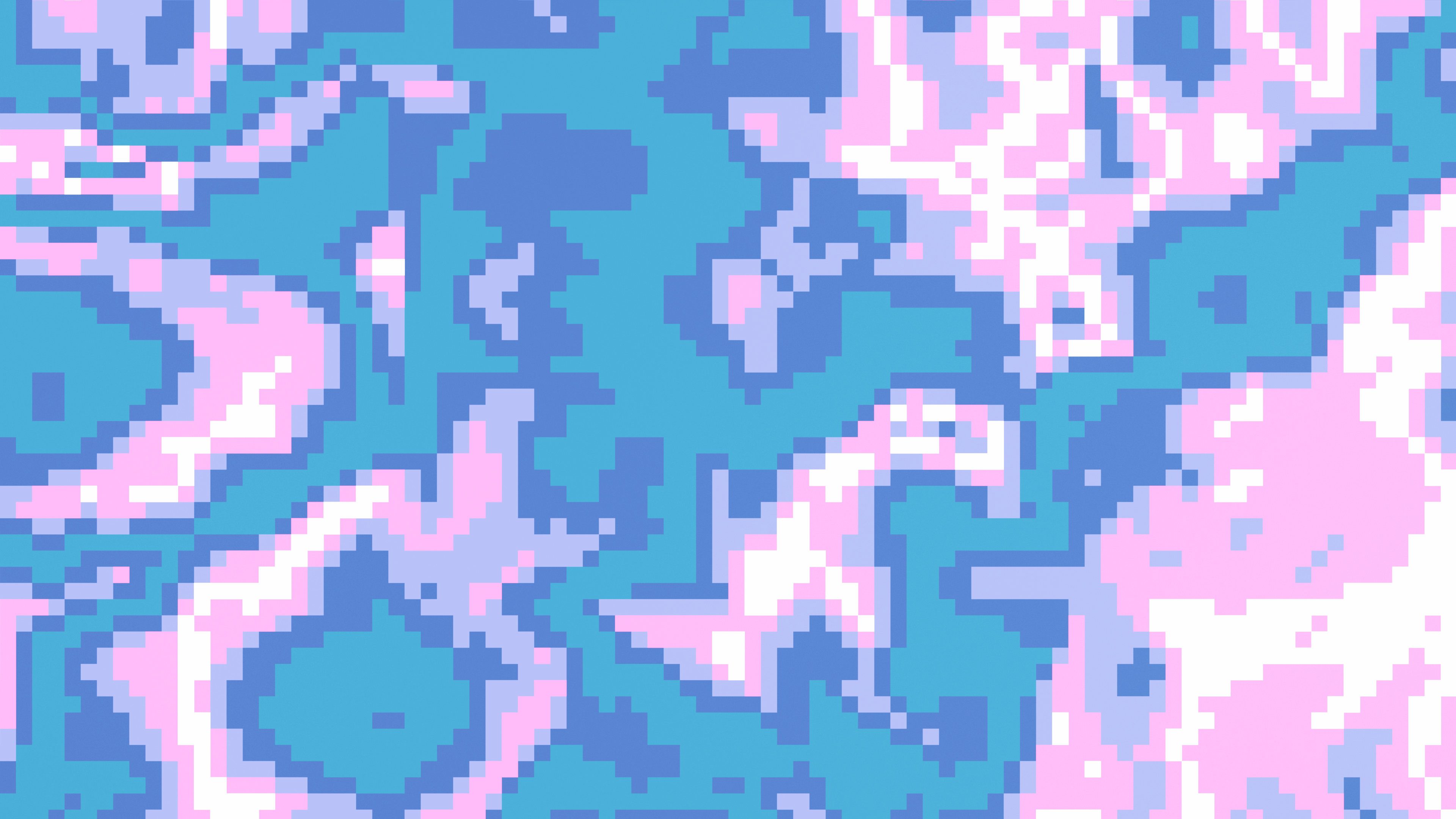
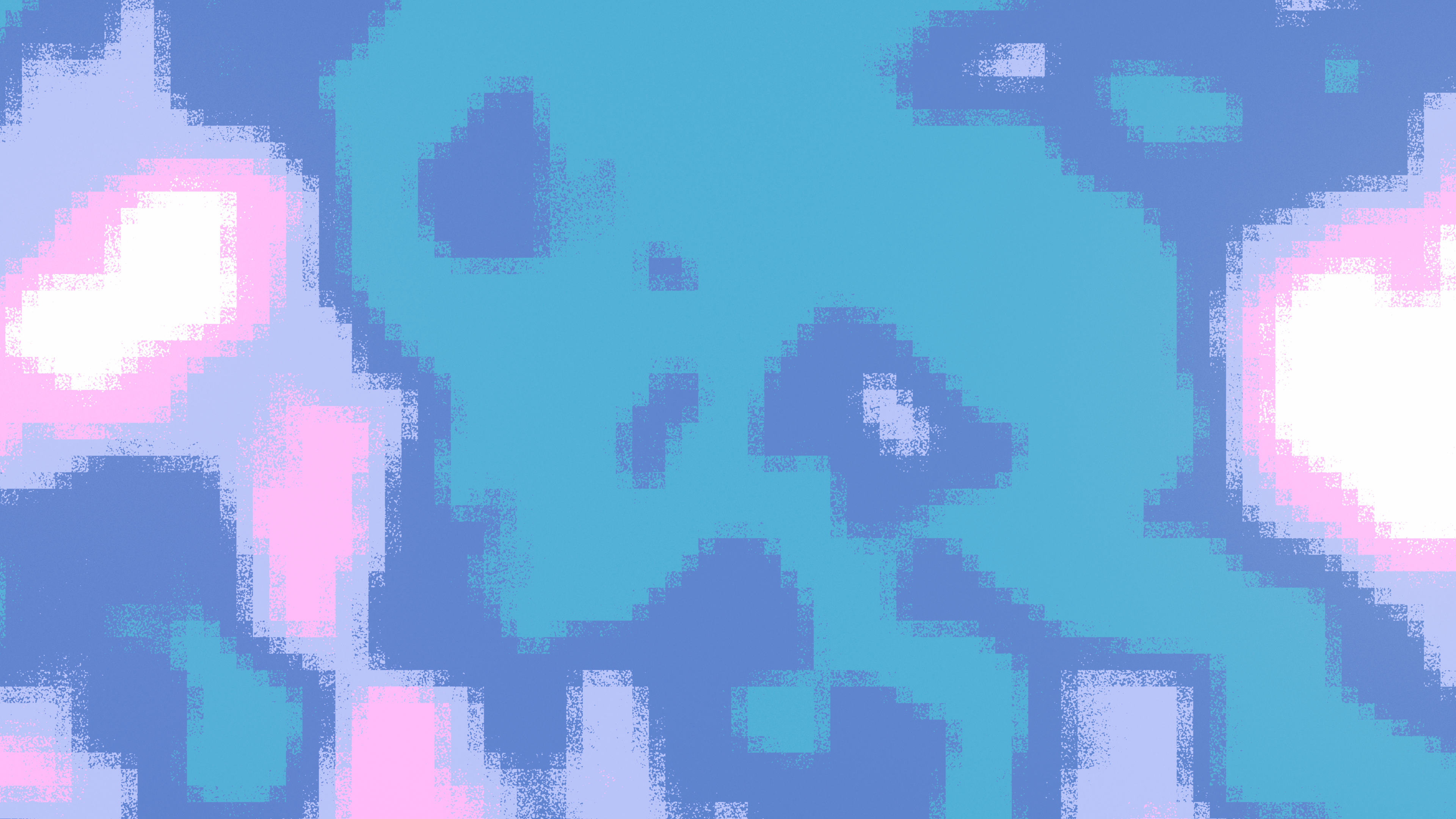
This is one of my favorite projects I got the opportunity to work on during my time at DePaul, and it couldn't have been done without the help of everybody else that worked on the animations, and especially not without the support of my professor Chris Kalis, who had a hand in pretty much every step of the process.
One of the most exciting things about working on this project was that I got to see my posters all over campus, and everybody's animations got played in front of hundreds of people in a massive theater.

One of the award animations playing in the Music Box Theatre
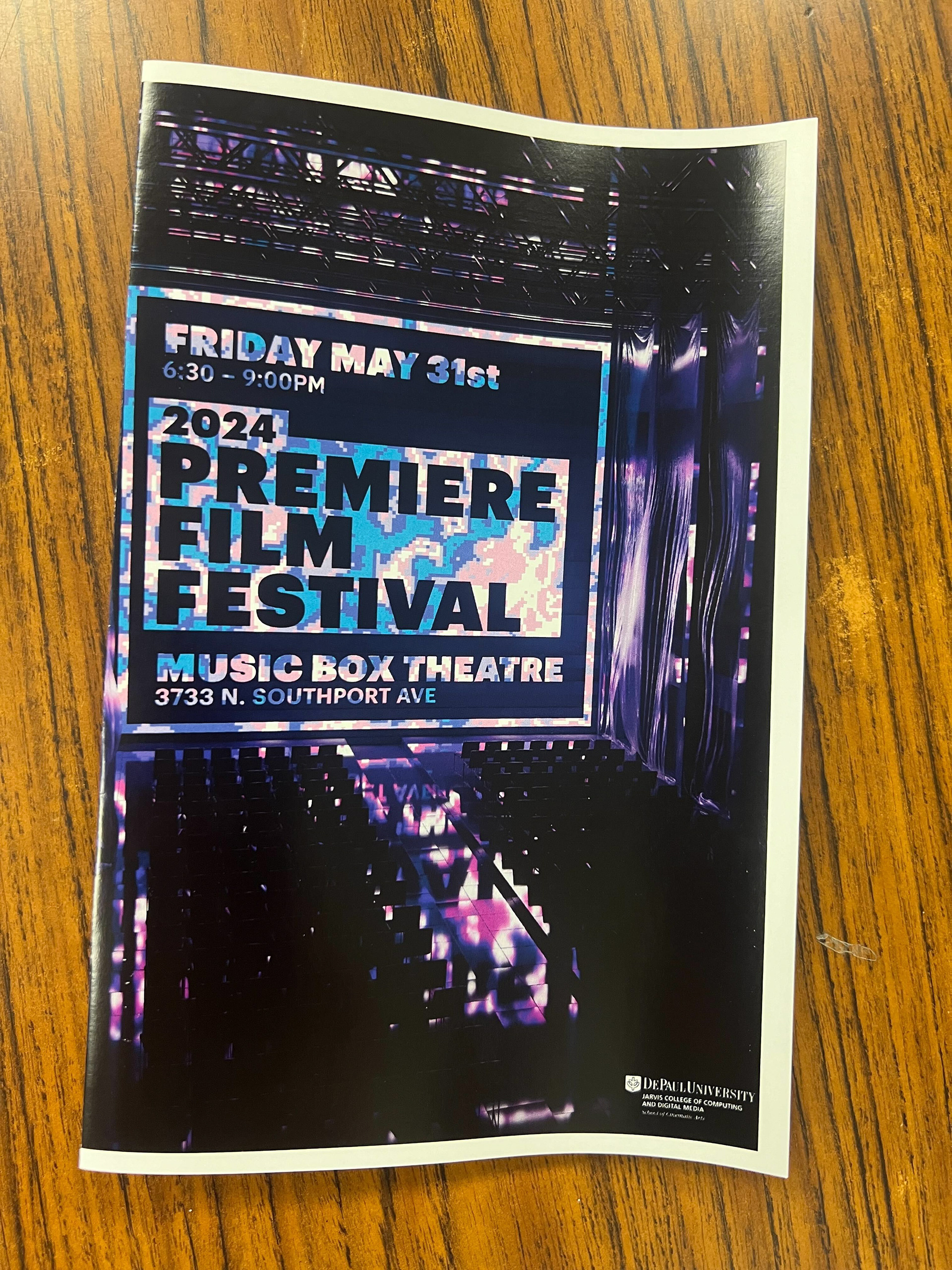
Outside of the programs for the film festival
